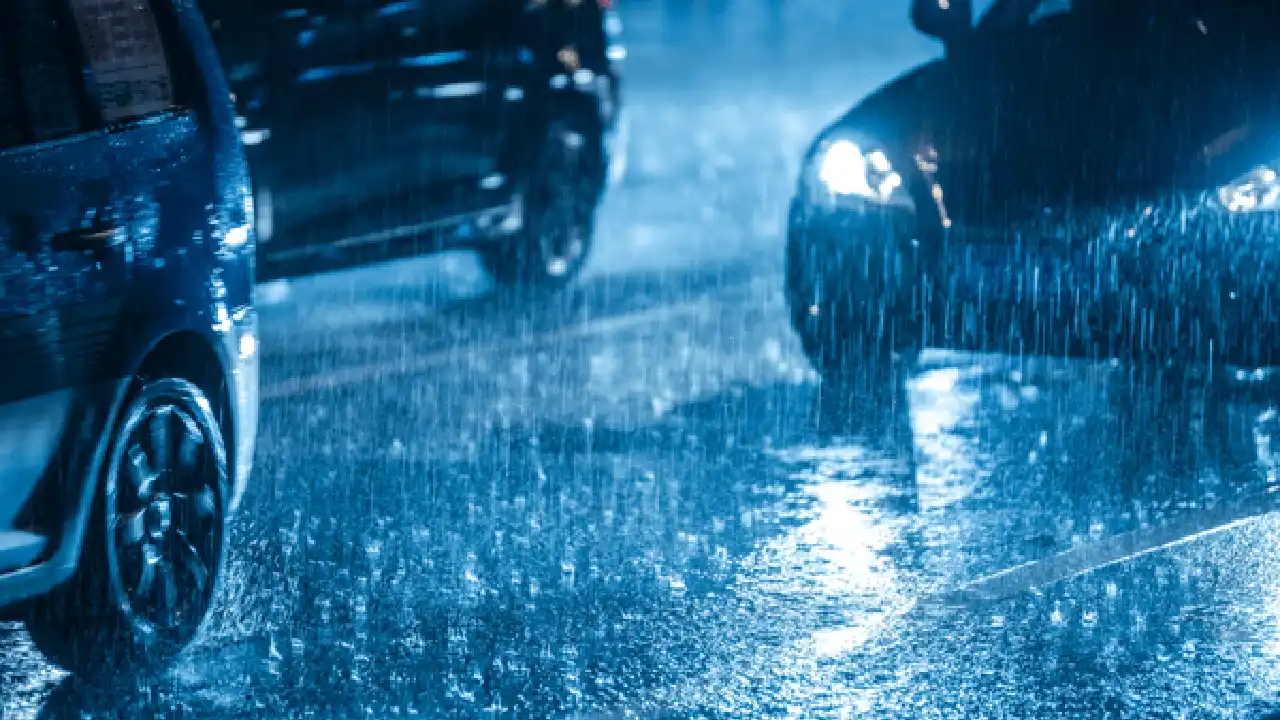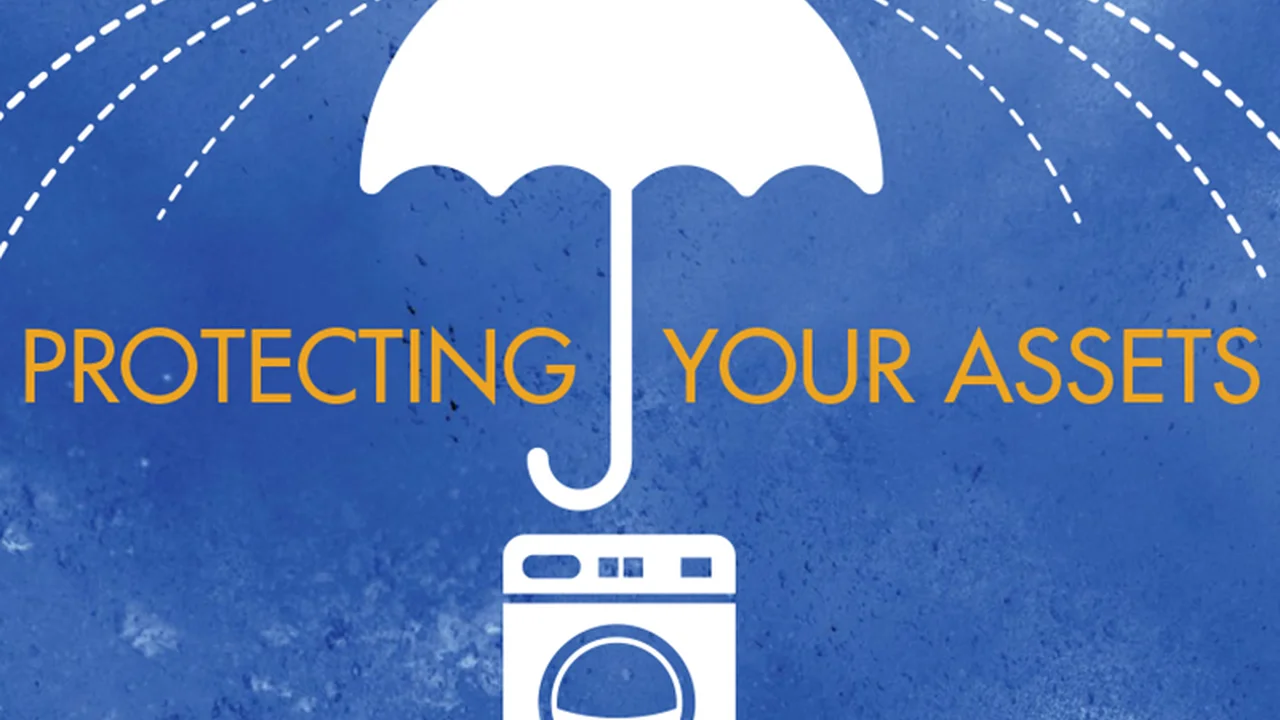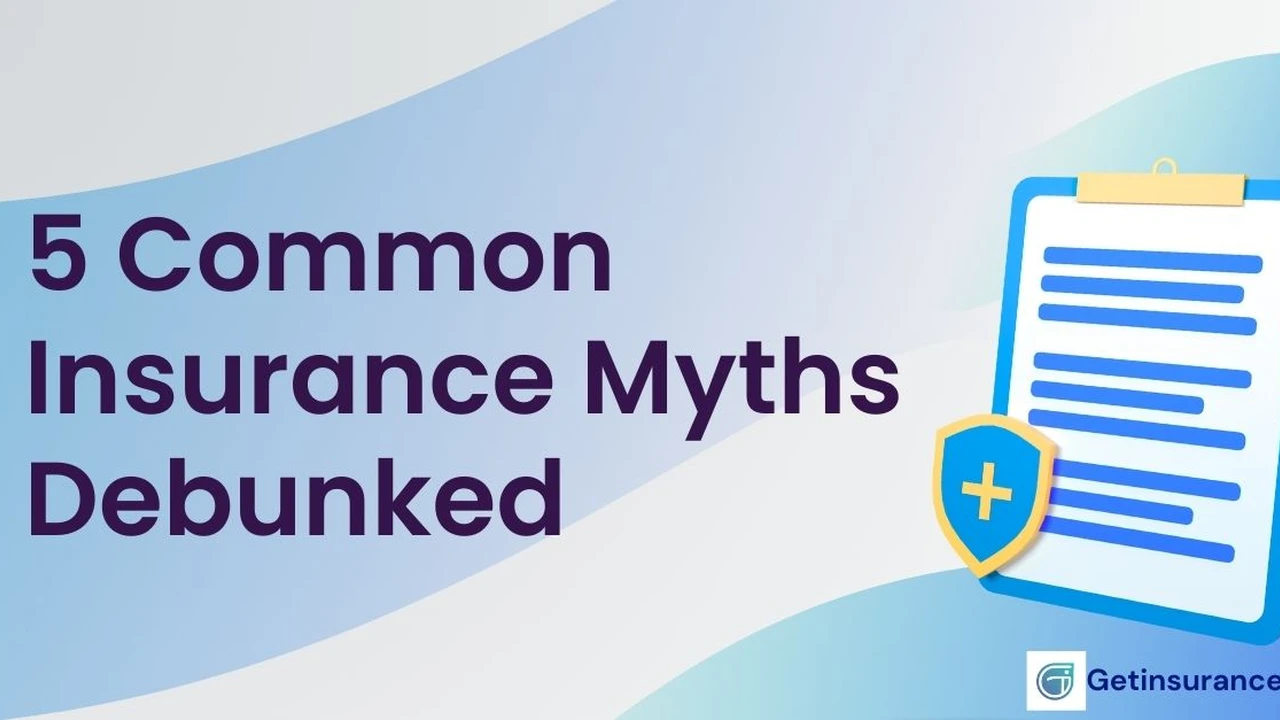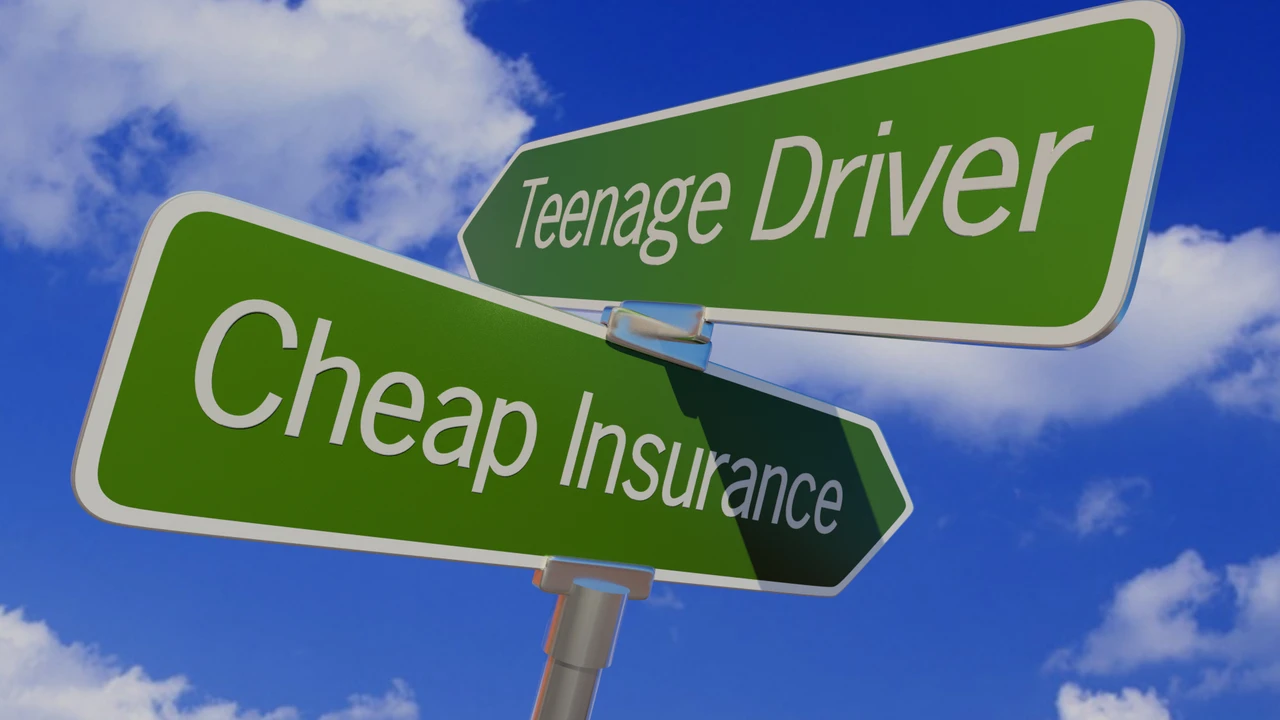Preparing for Inclement Weather: Driving Safely

Understanding the Risks Inclement Weather Poses to Teen Drivers Insurance Considerations
Hey everyone! Let's talk about something super important, especially if you have a new driver in the house: driving safely in bad weather. Inclement weather – we're talking rain, snow, ice, fog – it's a game changer for driving. Suddenly, visibility drops, roads get slippery, and reaction times need to be lightning-fast. For teen drivers, who are still building their experience and judgment, this can be a recipe for disaster. And, of course, increased risk on the road translates directly into insurance considerations, so let's dive in!
Think about it: a sudden downpour can reduce visibility to almost zero. Black ice – that invisible sheet of ice – can send a car spinning out of control in seconds. And fog? Well, fog can make it impossible to see more than a few feet in front of you. These conditions demand extra caution and awareness, something that experienced drivers often take for granted. But for a teen driver, these situations can be overwhelming.
From an insurance perspective, accidents caused by inclement weather are, unfortunately, common. Insurance companies understand this, and that's why they often look closely at weather conditions when assessing claims. A teen driver involved in an accident during a snowstorm, for example, might face higher premiums in the future, especially if the accident is deemed preventable. That's why it's crucial to teach your teen driver how to handle these challenging conditions.
Essential Car Safety Features for Inclement Weather Driving Safety Equipment
Okay, so what can we do to prepare? First, let's talk about the car itself. Make sure your teen's car is equipped with the right safety features. We're talking about things like:
- Anti-lock Braking System (ABS): This prevents the wheels from locking up during hard braking, allowing the driver to maintain steering control. Seriously, this is a must-have.
- Electronic Stability Control (ESC): This helps prevent skidding by automatically applying brakes to individual wheels. It's like a safety net for when things get slippery.
- Traction Control: This limits wheel spin during acceleration, which is especially helpful on icy or snowy roads.
- All-Wheel Drive (AWD) or Four-Wheel Drive (4WD): These systems provide better traction in slippery conditions by distributing power to all four wheels. While not essential, they can definitely add an extra layer of safety.
Beyond these features, make sure the car is properly maintained. That means:
- Good Tires: Tires are your car's only contact with the road, so make sure they have plenty of tread. Consider winter tires if you live in an area with frequent snow or ice. I'm a huge fan of the Michelin CrossClimate2 – we'll talk more about that later.
- Working Windshield Wipers: Replace worn wipers regularly to ensure good visibility. And don't forget to fill the washer fluid!
- Properly Functioning Lights: Make sure all headlights, taillights, and brake lights are working. Fog lights can also be helpful in low-visibility conditions.
Driving Techniques for Rain Snow Ice and Fog Safe Driving Tips
Now, let's talk about driving techniques. This is where the rubber meets the road, literally! Here are some key tips to share with your teen driver:
- Slow Down: This is the most important tip of all. Reduce your speed significantly in inclement weather. Remember, the posted speed limit is for ideal conditions.
- Increase Following Distance: Give yourself plenty of space between you and the car in front of you. A good rule of thumb is to double or triple your normal following distance.
- Avoid Sudden Movements: Steer, brake, and accelerate smoothly and gradually. Sudden movements can easily cause a skid.
- Brake Gently: If you have ABS, apply firm and steady pressure to the brake pedal. If you don't have ABS, pump the brakes gently to avoid locking up the wheels.
- Steer into a Skid: If your car starts to skid, steer in the direction of the skid. This can help you regain control. This takes practice, so consider taking a defensive driving course.
- Turn on Your Headlights: Even during the day, turning on your headlights can make you more visible to other drivers. In some states, it's the law.
- Use Your Low Beams in Fog: High beams can actually reflect off the fog and make it harder to see.
- Pull Over If Necessary: If the weather is too severe, pull over to a safe location and wait for it to improve. It's better to be late than to risk an accident.
And here's a crucial point: encourage your teen to practice these techniques in a safe, controlled environment, like an empty parking lot, before they encounter them on the road. Practice makes perfect!
Product Recommendations for Safe Winter Driving Equipment Reviews and Comparisons
Alright, let's get into some specific product recommendations that can help improve safety during inclement weather. I'll highlight a few options and discuss their pros, cons, and typical price ranges.
Michelin CrossClimate2 All-Weather Tires Review
Product: Michelin CrossClimate2
Description: These tires are amazing. They're classified as all-weather tires, which means they're designed to perform well in both dry and wet conditions, as well as light snow. They offer excellent grip, long tread life, and a comfortable ride.
Use Case: Perfect for drivers who experience moderate winters and want a single set of tires that can handle all seasons. They're also great for teen drivers because they provide a good balance of performance and safety.
Comparison: Compared to traditional all-season tires, the CrossClimate2 offers significantly better snow and ice traction. Compared to dedicated winter tires, they don't perform quite as well in deep snow, but they offer much better dry-road handling and longer tread life.
Price Range: $150 - $300 per tire, depending on size.
Pros: Excellent all-around performance, good snow and ice traction, long tread life, comfortable ride.
Cons: More expensive than some other all-season tires, not ideal for severe winter conditions.
Rain-X Original Windshield Treatment Review
Product: Rain-X Original Windshield Treatment
Description: This product creates a hydrophobic coating on your windshield that repels water, rain, sleet, and snow. It improves visibility and makes it easier to clean your windshield.
Use Case: Apply this to your windshield to improve visibility in rainy or snowy conditions. It's especially helpful at night, as it reduces glare from headlights.
Comparison: There are other similar products on the market, but Rain-X is the original and still one of the best. Some newer products claim to last longer, but Rain-X is easy to apply and very effective.
Price Range: $10 - $15 per bottle.
Pros: Significantly improves visibility in wet conditions, easy to apply, affordable.
Cons: Needs to be reapplied periodically, can sometimes cause streaking on older windshields.
Anker Roav Jump Starter Pro Portable Car Battery Jump Starter Review
Product: Anker Roav Jump Starter Pro
Description: A portable jump starter that can jump-start a dead car battery in seconds. It also includes a USB port for charging electronic devices and a built-in flashlight.
Use Case: Keep this in your car in case your battery dies, especially during cold weather. It's much safer and more convenient than waiting for roadside assistance.
Comparison: There are many portable jump starters on the market, but the Anker Roav Jump Starter Pro is known for its reliability and ease of use. It also has a higher peak current than some other models, which means it can jump-start larger engines.
Price Range: $80 - $120.
Pros: Reliable, easy to use, includes USB charging port and flashlight, can jump-start a variety of vehicles.
Cons: Requires periodic charging, can be bulky to store.
Teen Driver Insurance and Weather Related Accidents Insurance Coverage and Costs
Now, let's circle back to the insurance aspect. As we discussed earlier, inclement weather increases the risk of accidents, which can impact insurance rates. Here are some key things to consider:
- Coverage: Make sure your teen driver is adequately covered. This includes liability coverage (which protects you if your teen causes an accident) and collision coverage (which covers damage to your car, regardless of who is at fault).
- Deductibles: Understand your deductible. This is the amount you'll have to pay out-of-pocket before your insurance coverage kicks in. A higher deductible will typically result in lower premiums, but you'll have to pay more if you file a claim.
- Discounts: Look for discounts. Many insurance companies offer discounts for good students, safe drivers, and those who complete defensive driving courses.
- Telematics: Consider a telematics program. These programs track your teen's driving habits and provide feedback. If your teen drives safely, you could earn a discount on your insurance premiums. However, be aware that unsafe driving habits could lead to higher rates.
The cost of teen driver insurance can vary widely depending on factors such as age, gender, driving record, and the type of car. It's always a good idea to shop around and compare quotes from multiple insurance companies. Talk to your insurance agent about the specific risks associated with inclement weather and how to mitigate those risks.
Parenting Tips for Safe Driving in Bad Weather Communication and Expectations
Finally, let's talk about the role of parents. You play a crucial role in helping your teen driver stay safe in inclement weather. Here are some tips:
- Communicate Openly: Talk to your teen about the dangers of driving in bad weather. Explain the importance of slowing down, increasing following distance, and avoiding distractions.
- Set Expectations: Make it clear that you expect your teen to drive safely, regardless of the weather conditions. Emphasize that their safety (and the safety of others) is the top priority.
- Lead by Example: Practice what you preach. Drive safely yourself, and show your teen that you take inclement weather seriously.
- Limit Driving in Bad Weather: If possible, limit your teen's driving during severe weather. Encourage them to stay home or find alternative transportation.
- Consider a Driving Contract: A driving contract can help set clear expectations and consequences for unsafe driving behaviors.
Remember, teaching your teen driver how to handle inclement weather is an ongoing process. Be patient, supportive, and continue to reinforce safe driving habits. By working together, you can help your teen stay safe on the road, no matter the weather.
:max_bytes(150000):strip_icc()/277019-baked-pork-chops-with-cream-of-mushroom-soup-DDMFS-beauty-4x3-BG-7505-5762b731cf30447d9cbbbbbf387beafa.jpg)






